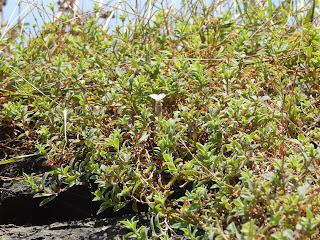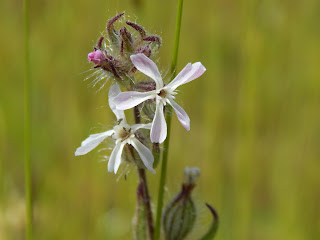Who first gave the English common names to the different grasses and when was this? Perhaps you thought they had always had a name but in fact the word 'grass' was often also used to include other plant species growing in a meadow.
Before the time of scientific classification of plants and modern farming there was little knowledge of the identity or differentiation between the different grasses. There really was no reason to know them individually as grass seed for creating new pasture was collected from the hayloft or sweepings-up "The farmer takes his seed indiscriminately from his own foul hayrick".
The few grasses that farmers did recognise were visually distinctive, for example the Quaking Grass having many regional names such as 'Doddering Dickies', 'Cow Quakes' etc.
But all this changed following the publication of Linnaeus' "Species Plantarum" in 1753, which is counted as year zero for the naming of plants. It is often thought Linnaeus was the first botanist to use Latin binomials but this is not so; however he was the first to use them consistently and within a system.
6 years after this 'year zero' it was the Norfolk naturalist and dilettante Benjamin Stillingfleet (the original 'Blue Stocking') who in his 'Observations on Grasses' first published in 1759, gave English names to the grasses. He wrote "Our common people know scarce any of the grasses by names, as far as I could ever find by conversing with farmers, husbandmen etc, so that something may be done to remove this confusion".
He then went on to make English names for each species by translating the literal Latin meaning from Linnaeus' Species Plantarum.
Stillingfleet also encouraged the botanist and apothecary William Hudson to publish the first botany book to be published in England using the new Linnaean system. This was Flora Anglica in 1762, which also used Stillingfleet's new names for the grasses.
Most of these common names we still use today but what Stillingfleet then called Cat's Tail we now know it as Timothy. But the reason why lies via an interesting story from another continent.









